I typically use a larger (25 mm) patch antenna in GPS/GLONASS receiver circuits. As you probably know, L1 bands for GPS and GLONASS are separated by roughly 25 MHz.
For applications where I want to be able to view both satellite systems, I'll typically have the antenna tuned for about 1590 MHz which is roughly in between the two L1 center frequencies.
This becomes more tricky with smaller sized antennas. From conversations with my antenna supplier, they recommend I stick with the broadband, linear antenna (chip antenna) vs. a smaller, circularly polarized patch (rectangular micro-strip) antenna because the Bandwidth drops off greatly as you go smaller in size.
But why?
I would like to explain this to my boss in layman's terms but be able to back it up with some antenna theory or some formula which describes the relationship between gain, size, and bandwidth.
